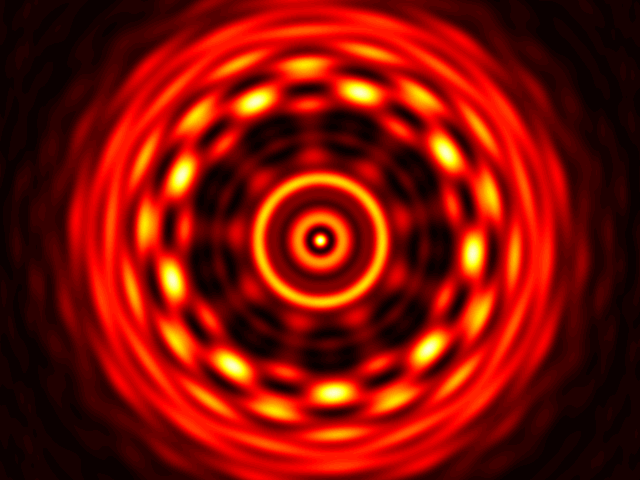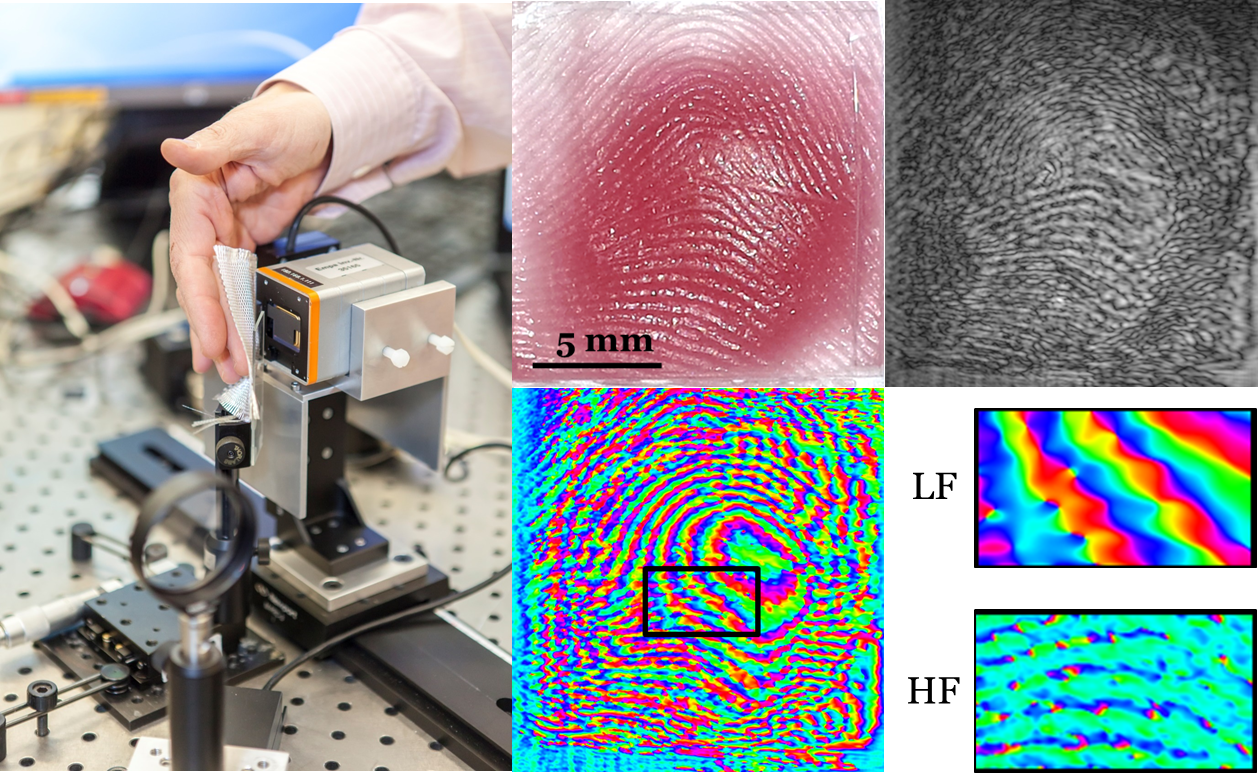Transport at Nanoscale Interfaces
Nanomaterials Spectroscopy and Imaging

During our everyday activities, our skin experiences enduring mechanical loads. A combination of pressure, friction, and sweat at the interface between skin and textiles often leads to tissue damages and accelerates the rise of skin irritations. Therefore, skin-friendly textiles and material surfaces are becoming more and more important, especially in connection with smart fabric sensors and electronic textiles for health monitoring. In this regard, imaging the interface on a microscopic level would lead better understanding on skin tribology.
A technique which can address these issues is imaging with terahertz (THz) radiation. THz radiation is defined as the portion of the electromagnetic spectrum between the microwave and infrared region, whose frequency ranges from 0.3 to 30 THz. THz waves are non-ionizing, hence harmless for the human body, they penetrate textiles, and they are partially absorbed by the interfacial water, thus allowing access to the amount of sweat at the interface.
For this purpose, we develop and employ coherent, lensless, diffraction-based THz imaging techniques, e.g. THz digital holography [1-3] and ptychography [4, 5]. The latter was demonstrated by our group for the first time in the THz region, in collaboration with the Institute of Applied Physics of the University of Berne.

References:
- P. Zolliker and E. Hack, "THz holography in reflection using a high resolution microbolometer array," Opt. Express 23(9), 10957-10967 (2015). (https://www.osapublishing.org/oe/abstract.cfm?uri=oe-23-9-10957)
- E. Hack, L. Valzania, G. Gäumann, M. Shalaby, C. P. Hauri, and P. Zolliker, "Comparison of thermal detector arrays for off-axis THz holography and real-time THz imaging," Sensors 16(2), 221 (2016). (http://www.mdpi.com/1424-8220/16/2/221)
- L. Valzania, P. Zolliker, and E. Hack, "Topography of hidden objects using THz digital holography with multi-beam interferences," Opt. Express 25(10), 11038-11047 (2017). (https://www.osapublishing.org/oe/abstract.cfm?uri=oe-25-10-11038#Abstract)
- L. Valzania, T. Feurer, P. Zolliker, and E. Hack, "Terahertz ptychography," Opt. Lett. 43(3), 543-546 (2018). (https://www.osapublishing.org/ol/abstract.cfm?uri=ol-43-3-543)
- L. Valzania, E. Hack, P. Zolliker, R. Brönnimann, and T. Feurer, "Resolution limits of terahertz ptychography," in Unconventional Optical Imaging (International Society for Optics and Photonics, 2018), p. 1067720. (https://www.spiedigitallibrary.org/conference-proceedings-of-spie/10677/1067720/Resolution-limits-of-terahertz-ptychography/10.1117/12.2307157.full?SSO=1)

